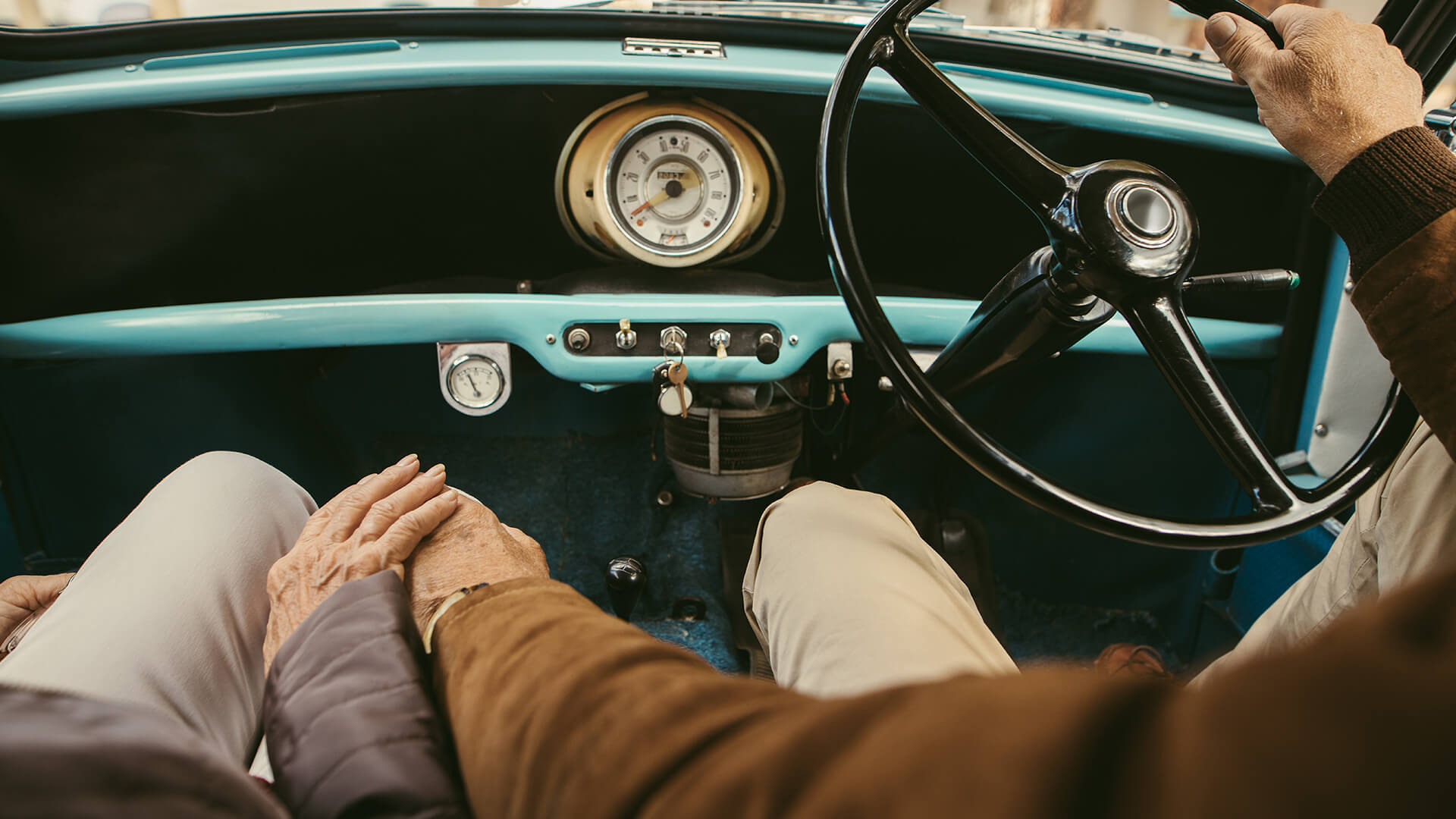The spectrum of the Swiss scene for collector’s cars is extremely broad. In addition to brand-neutral clubs, there is an amazing variety of Swiss brand clubs, most of them are members of a national association. In 2015, the Schweizerischer Dachverband für historische Motorfahrzeuge (SDHM) and the Fédération Suisse des Véhicules Anciens (FSVA) merged to the umbrella organisation Swiss Historic Vehicle Federation (SHVF), which has 140 collector’s car clubs with about 25‘000 members and which acts as national representative of the FIVA. The SHVF also represents the interests of its members vis-à-vis the state authorities.
Switzerland is an internationally recognised stronghold for collector‘s cars. In hardly any other country are so many collector’s cars hoarded, cared and driven in proportion to the population. According to estimates, there are about 50'000 committed collector‘s car owners in Switzerland. Some people keep more than one car, some whole collections. Some are even internationally known.
Where does come from this enthusiasm for the collector’s car?
There are no easy answers to that. One of the reasons is probably the diversity of cars and brands to be found on Swiss roads. The Swiss car market has always been considered neutral and open to all production countries. The huge selection of brands and models developed a strong connection to brands and manufacturing countries, which is reflected in numerous meetings for American, English, French, German, Italian and Swedish brands. As a result, the automobile achieved a particularly high status in Switzerland. In addition, the national tendency towards quality and individuality led to a preference for exclusive models, which already had lover status when new. And last but not least, Switzerland has the money to afford this expensive hobby.
A few numbers from the collector’s car statistics
The stock of collector’s cars has been growing continuously since 1990. There are three reasons for this: the natural increase in the number of cars over 30 years, the new registrations after a more or less long period of dematriculation and the direct imports. According to actual estimates, the number of cars older than 30 years is approximately 100'000 unities. The number of cars that are between 20 and 30 years old is approximately 200'000 unities. Thus the collector’s cars are recording disproportionately high growth rates. Nevertheless, it is relatively difficult to generate the corresponding figures at brand and model level.
Return
